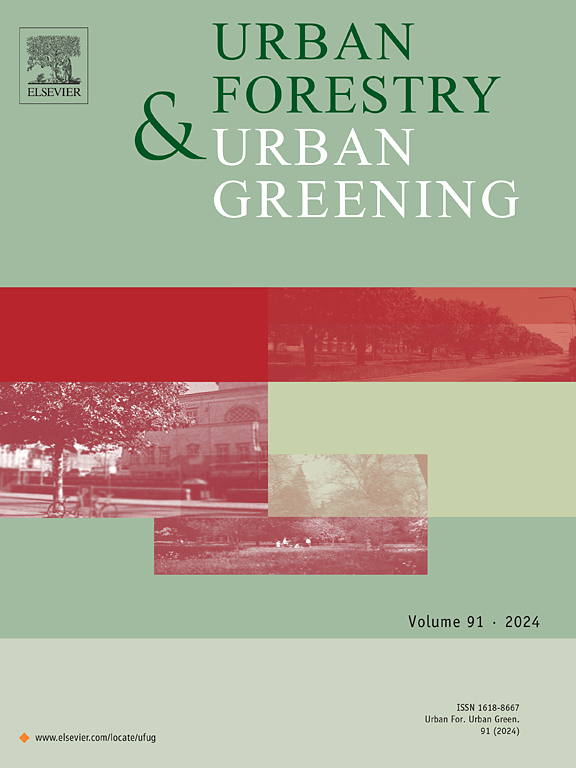Does greening generate exclusive residential real estate development? Contrasting experiences from North America and Europe
Abstract
With the branding of a city as green increasingly serving to amplify attractiveness andinvestment while also contributing to patterns of green gentrification, the incentive to link real estate development and green space is growing. Yet, little is known about the extent to which this incentive has generated a spatial relationship between green space and newly constructed housing at the city-wide level and in ways that can be compared between cities. This gap in knowledge makes it difficult to precisely indicate the implications for housing rights, affordability, and broader goals of urban green justice. In response, this study explores quantitative trends in 26 mid-sized North American and European cities, utilizing greening and real estate data from the last three decades. Results show that greening becomes a more significant driver of development over time and operates to attract development in a growing number of cities, although more so in US cities. Next, in order to contextualize the quantitative results, we employ qualitative field data gathered through field work in Atlanta and Amsterdam. We contrast the greening and development trajectories of these cities by examining implications for housing rights and social justice, accounting for the fact that those cities exhibit different green gentrification trends, as demonstrated in the literature. Green gentrification is indeed a proxy for understanding housing justice implications in the relationship between greening and development. We find that Amsterdam’s legacy of housing rights and policies acts as a protection against growing inequities embedded in the relationship between urban greening, development, and gentrification. In contrast, Atlanta embodies patterns of historic racial segregation and continued gentrification of Black neighborhoods which urban greening has further intensified. This analysis shows that greening can attract real estate development across a city, but the implications need not always be harmful to social equity.

 求助内容:
求助内容: 应助结果提醒方式:
应助结果提醒方式:


